Blog
Houseplants 101: Cost, Care, and More
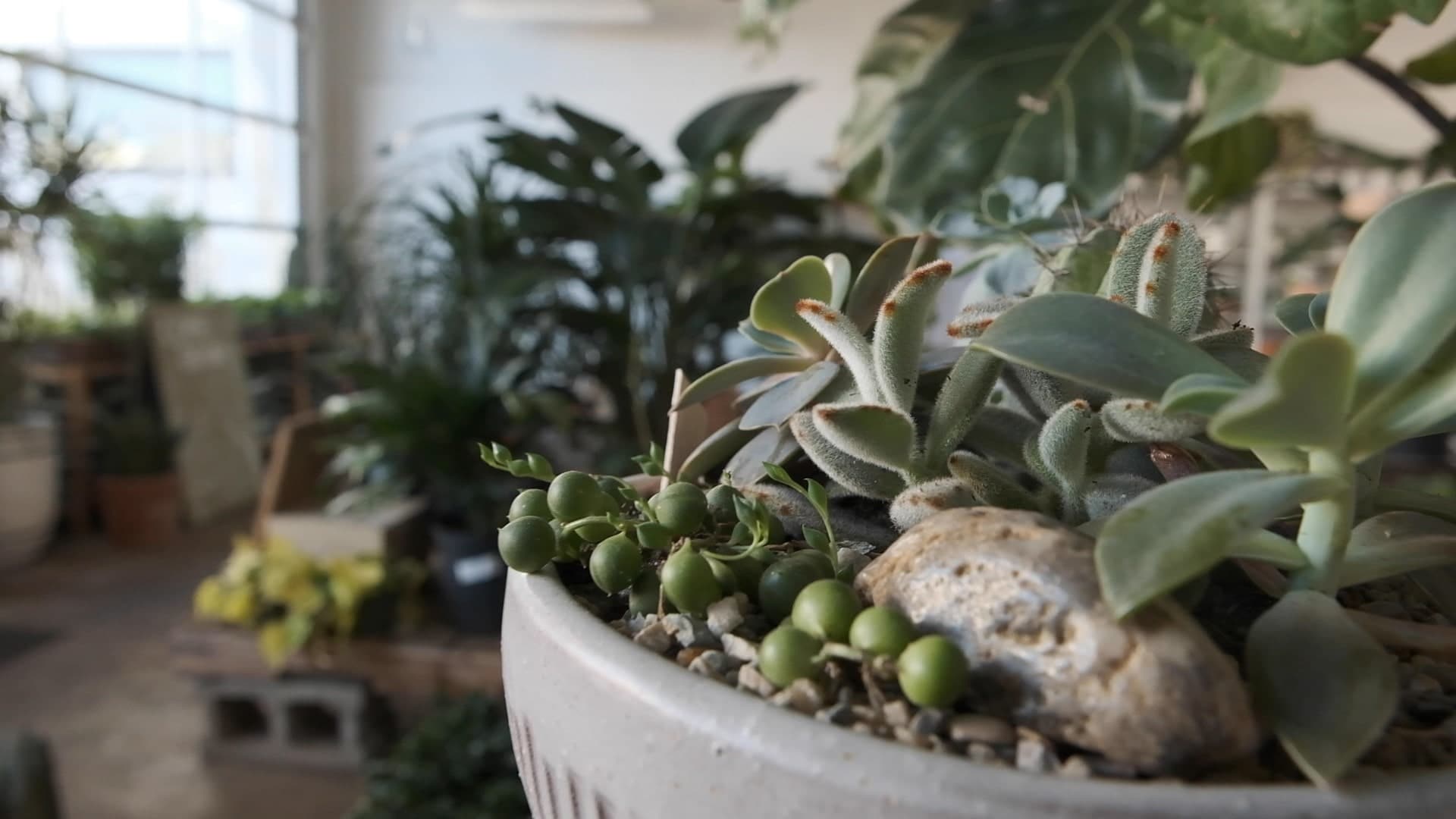
Bringing plants into your home is beneficial in so many ways. Countless studies, including one from NASA, have been conducted about the stress-relieving, soothing, and purifying properties that plants have in the home.
And from a design perspective, the appeal is clear: houseplants bring the outdoors in and add texture, dimension, and color to your home.
We also know that learning to take care of plants in the home can be a challenge. We spoke with Lindsey Swett, the owner and founder of Niche Urban Supply Plant shop to get her expert take on bringing plants in the home as a beginner.
Let's start with the basics
Why should you bring plants into the home?
Lindsey says, "We believe plants support your creativity and allow you to experiment and embrace trends." She founded Niche to cater to people who live in the city and have small spaces but still want to bring plants into the home.
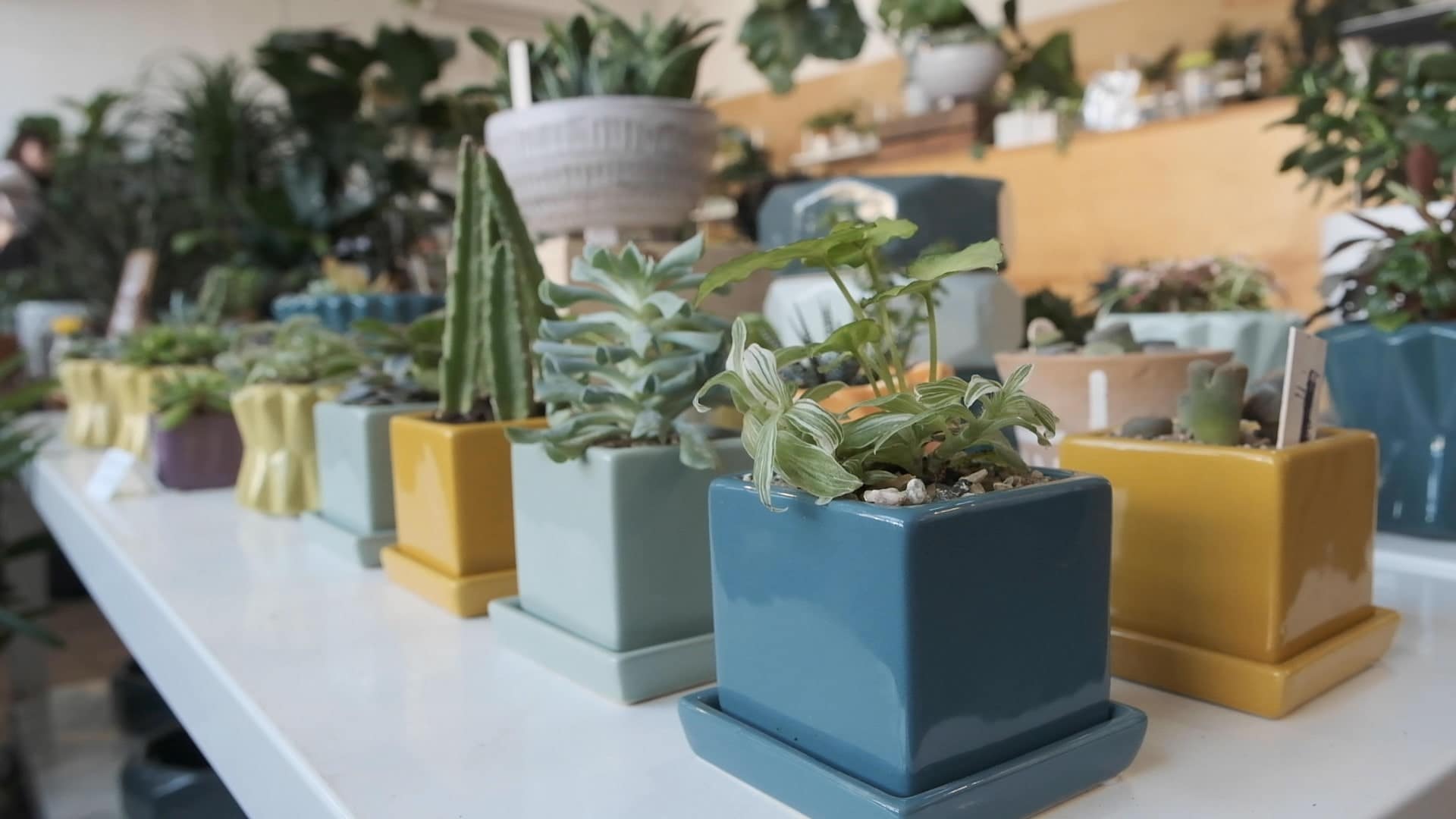
The shop proves that you don't need a sprawling home in the countryside to embrace houseplants. She describes, "One of the more critical aspects of choosing a plant is knowing the environment in your home. If you're able to come in and say, 'I have a really bright window and I'd love to put a plant there,' we can work with you to find a plant that will work for your space."
The bottom line? Do your research before you start your foray into the world of houseplants. It's also important to be realistic with yourself: how much time are you willing to dedicate to your plants? And know your environment: how much light will the plant receive in your home? Do you have environmental stressors like a drafty door or window?
Easiest plants to keep in the home
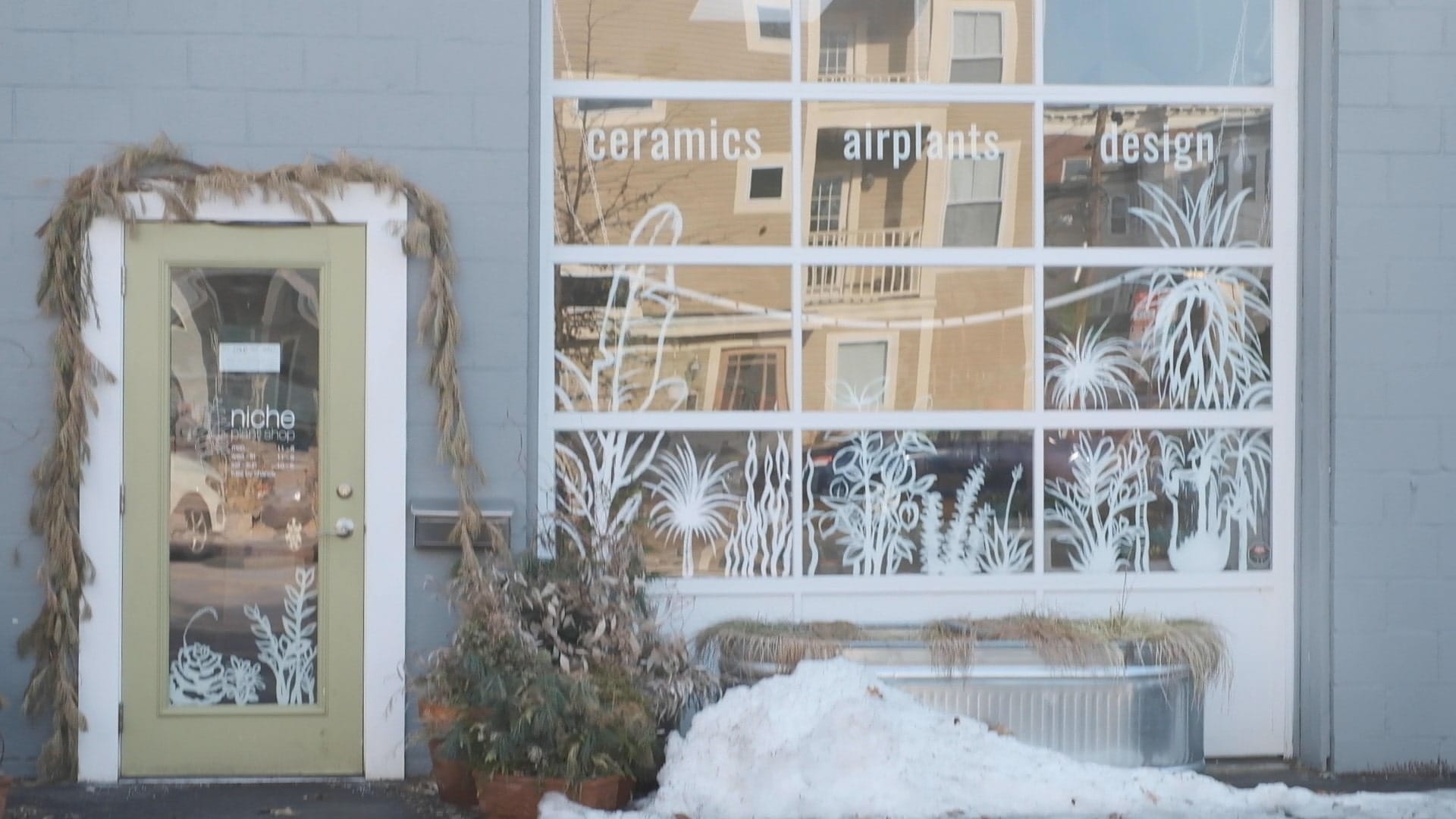
If you're just beginning your houseplant collection, Lindsey suggests starting with plants that are "generally pretty easy going, can survive in a range of environments, and are less fussy about watering needs."
Pothos (Epipremnum aureum)
The first on that list is Pothos. "A tried and true plant," Lindsey says. It's commonly known as office vine or devil's ivy. "It's really fun, easy to care for, and easy to propagate." One of the great things about Pothos is that it shows distinctive drooping when it needs watering. "As soon as you water it, it'll bounce right back." It comes in several varieties, including neon, marble queen, and the most common, golden.
Snake plant or Viper's Bowstring Hemp (Sansevieria trifasciata)
If you prefer a more architectural look, the snake plant is a perfect choice. "It has beautiful, thick leaves that stay vertical," Lindsey describes. "It has a wide range of tolerance for light and it can take less water than a typical house plant. It's great if you're forgetful or not home often." The snake plant comes in several varieties including a dwarf size that's perfect for a workspace.
Rattlesnake Plant (Calathea lancifolia)

The calathea genus is a slightly more difficult variety of plant. It has ornate, stunning foliage patterns and likes to be kept in moist soil. Lindsey explains, "If you're able to provide a little more effort in the plant maintenance then this might be a good plant for you, and you'll be rewarded with beautiful foliage."
The importance of light and water
Lindsey says, "House plant problems tend to always stem from light and water. It's important to know what your plant requires. While plants are tolerant of a range, you need to have those two things in balance."
The first point to consider is the exposure of the window. A south-facing window is the hottest, most direct exposure. Northern-facing is a softer, indirect light. Eastern-facing is brighter in the morning. Western-facing is afternoon light and it's more intense.
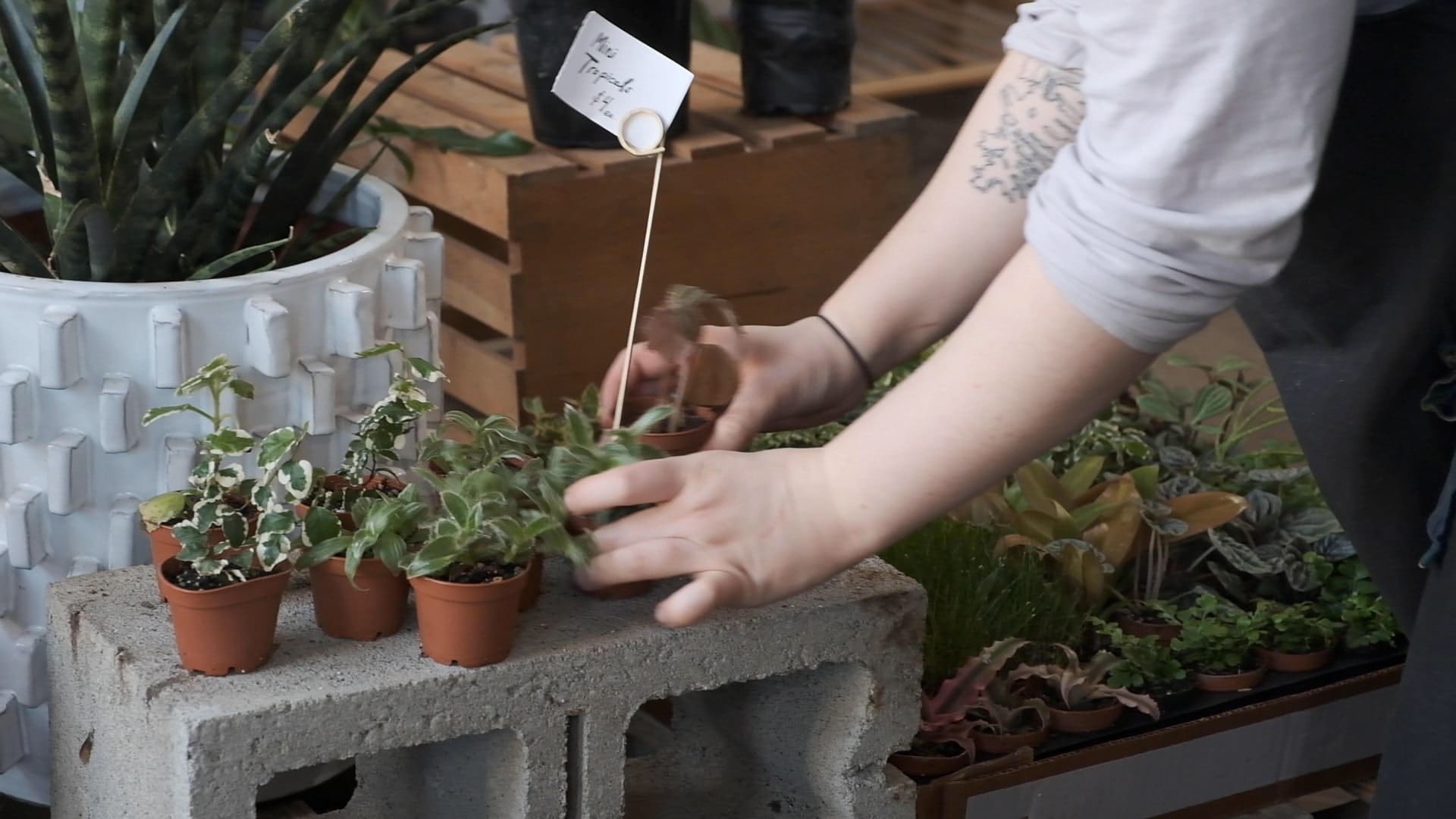
Bright light
Bright light generally comes from a south-facing window and will give your plants the longest exposure to the sun. Two plants that love bright light? Cacti and succulents, both of which have become trendy in the past few years.
Lindsey describes, "Cactuses do well in bright, sunny spaces. Put one in a sunny window and water it heavily but infrequently, once or twice a month."
"Succulents have become really popular," Lindsey explains, "but there's some misinformation about their care. They like bright light but they need to be watered a little more than a cactus. If you put one in a sunny window you could be watering it up to once a week." Look for the leaf scrunching up or shriveling; that's when you know it needs a heavy pour of water.
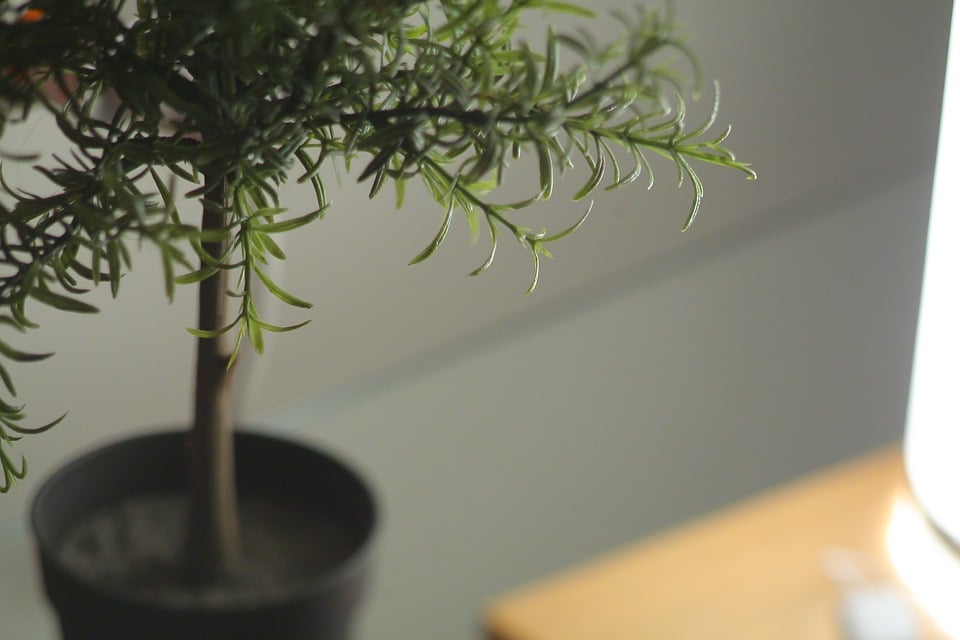
Bright-indirect light
Bright-indirect light tends to come from a skylight. It can also mean a brighter window with a sheer shade in front of it.
Indirect light
Indirect light generally comes from a northern or eastern facing window. It's a much softer, diffused light. Lindsey says, "Plants that like moist soils do better in indirect light. They tend to be brightly colored and patterned, like the Calatheas."
Low light
Lindsey explains, "A lot of people in the city are working with darker spaces. The snake plant is perfect for low light as it's virtually indestructible. You could water it as little as once a month." The ZZ plant is also great for low light.
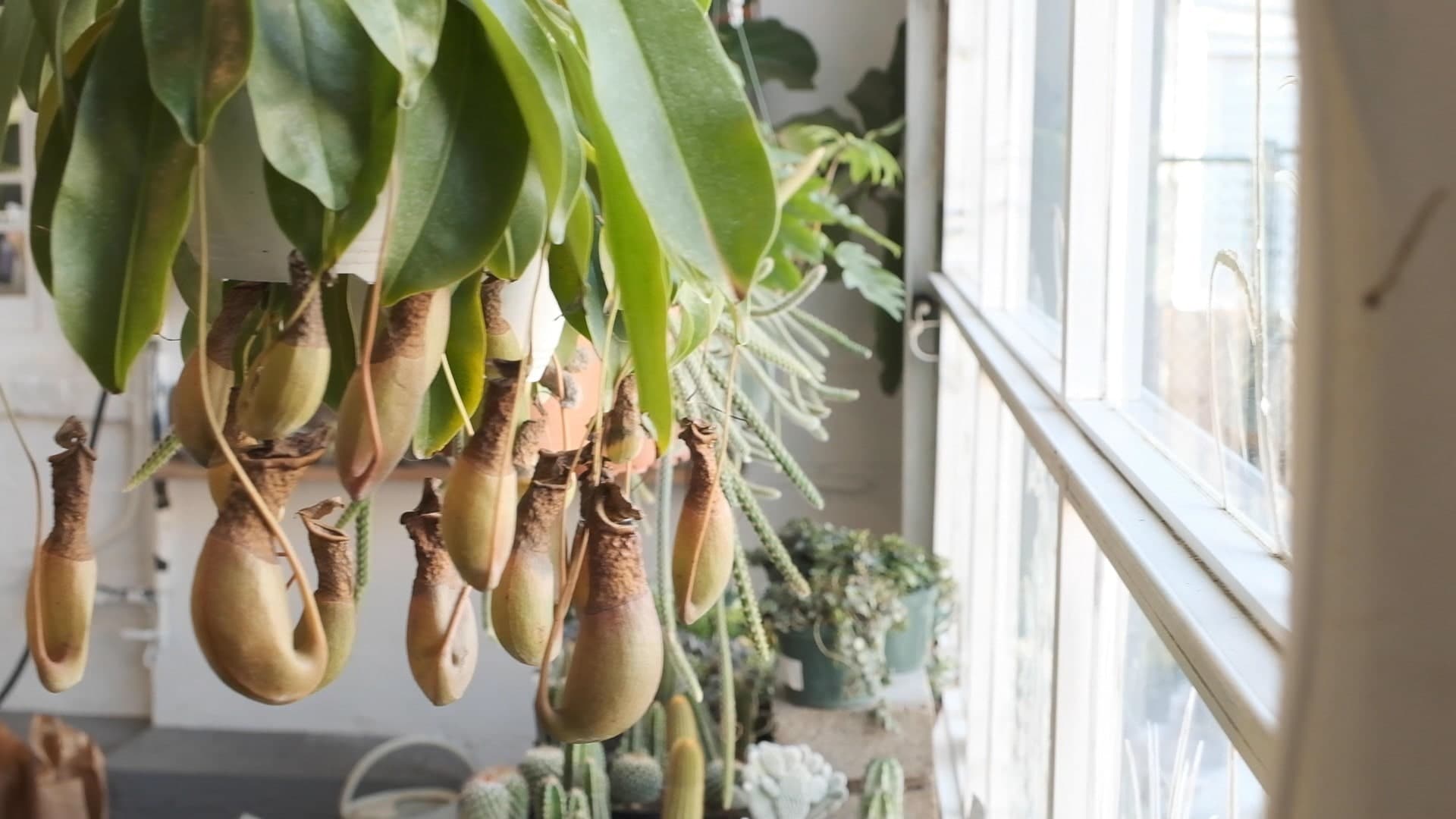
Pro Tips
Lindsey gives us her top tips on plant maintenance:
-
Pay attention to how your environment is affecting your plant. The amount of water you give a plant is directly related to how much light it's getting.
-
Don't underwater your plant. "You really want to saturate the plant. Water thoroughly enough that the water soaks down into the root zone of the plant."
-
But also be wary of overwatering. There tends to be more yellowing if you're overwatering your plant because you're diluting the nutrients that are available to the plant.
-
Be cautious of placing plants in your hottest, brightest window. Even plants that love bright light can experience heat stress. Stay on top of watering and move it away from the window if you see scarring or burning on the leaves.
-
Allow air to circulate around your plants.
Read more: How to Add Color, Texture, and Life to Your Home
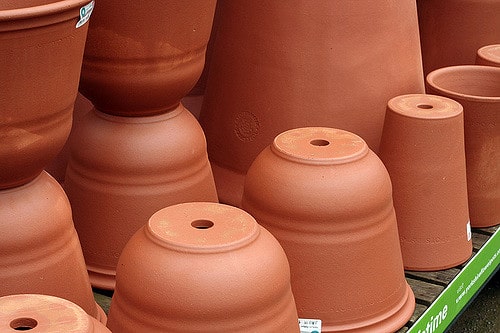
Budgeting for houseplants
There are many paths you can go down when it comes to budgeting for houseplants. Lindsey describes, "You can easily get a medium-sized house plant in a pot for under $10. If a plant is common, the price will increase depending on the size of the plant." When the plant is a little more unique the price may double or triple.
Lindsey says, "If you're trying to save money, starting small is the way to go. There are many plants that are very easy to propagate. That's a great way to increase your collection and share with your friends."
Another great place to look for plants if you're trying to save money is Craigslist. Lindsey explains, "You can find really big, mature houseplants that people are giving away or selling when they move."
Lastly, one of the major cost drivers when you're increasing your plant collection is the pottery. There's a huge range of pottery available from the classic and affordable terra cotta to handmade pieces that make more of a statement.
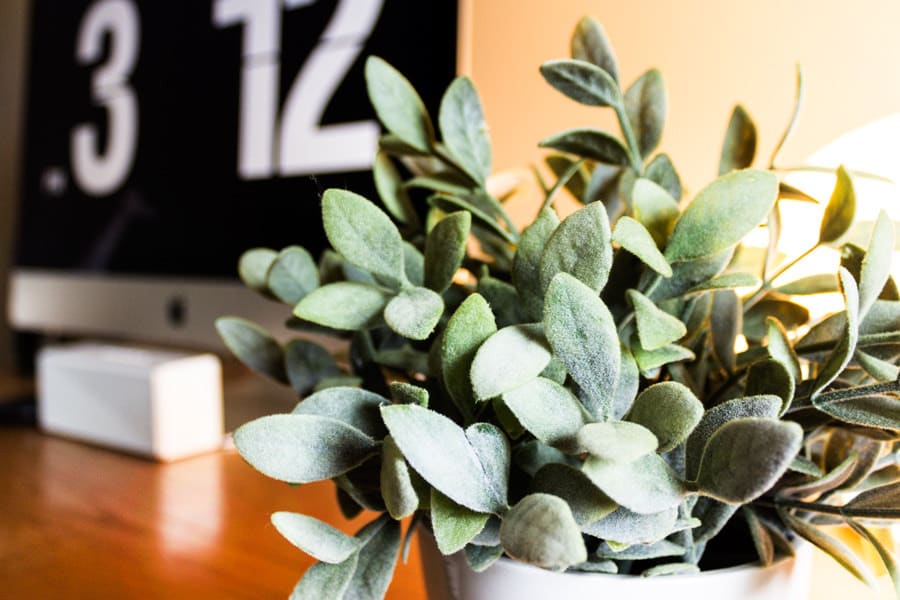
Visit a plant shop
There's no shortage of inspiration and information out there about houseplants. Explore Pinterest and Instagram to find what appeals to you (we love The Potted Jungle!). Whatever your reason for bringing plants in the home, there should be a sense of joy and ownership; whether you want something easy and low-maintenance or you're creating an intricate indoor garden.
Consider how much time you want to invest in your plants and go to a plant shop with as much information as possible about the environment in your home. Visit Niche on Instagram and in-person in Cambridge and the South End.
Author: Guest Author


